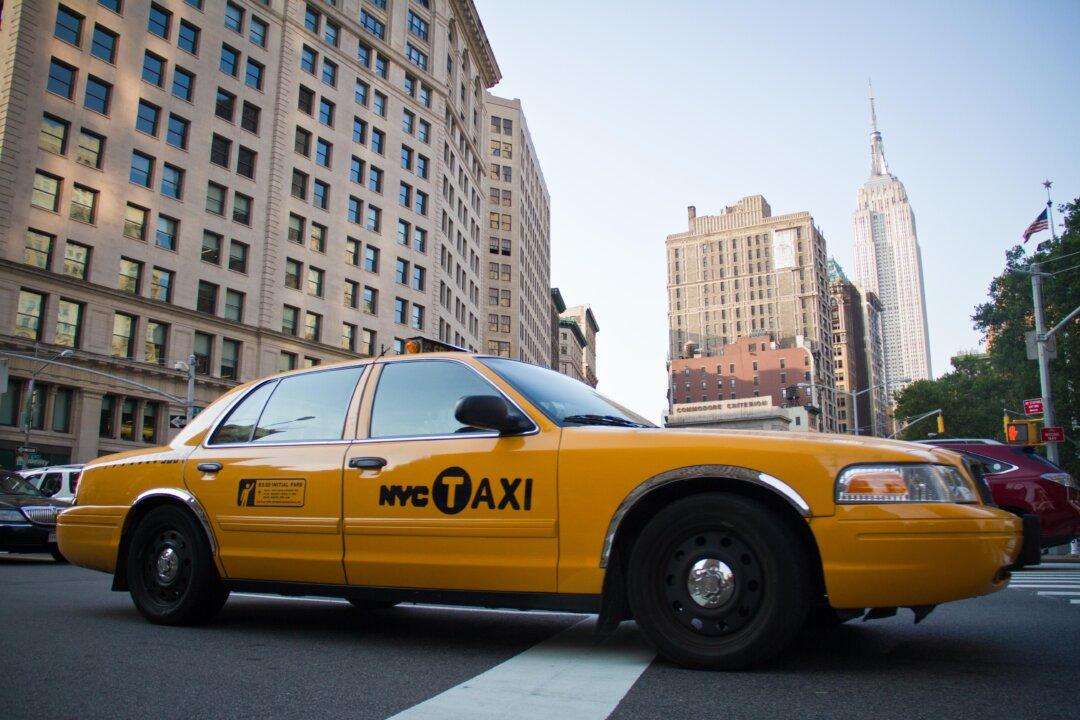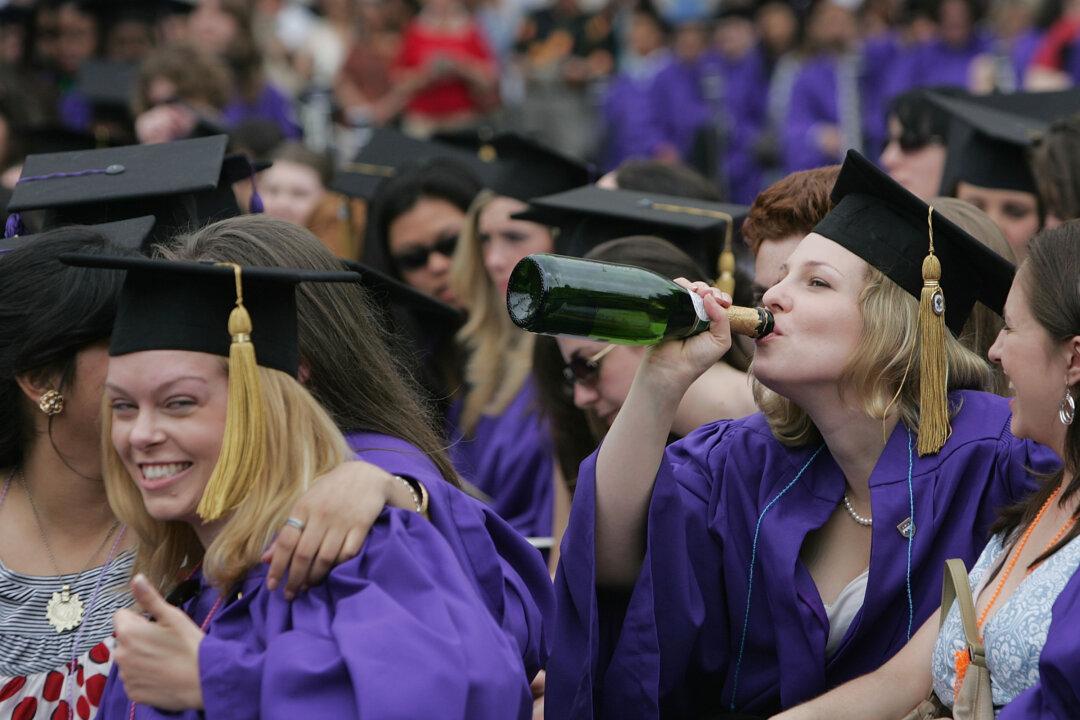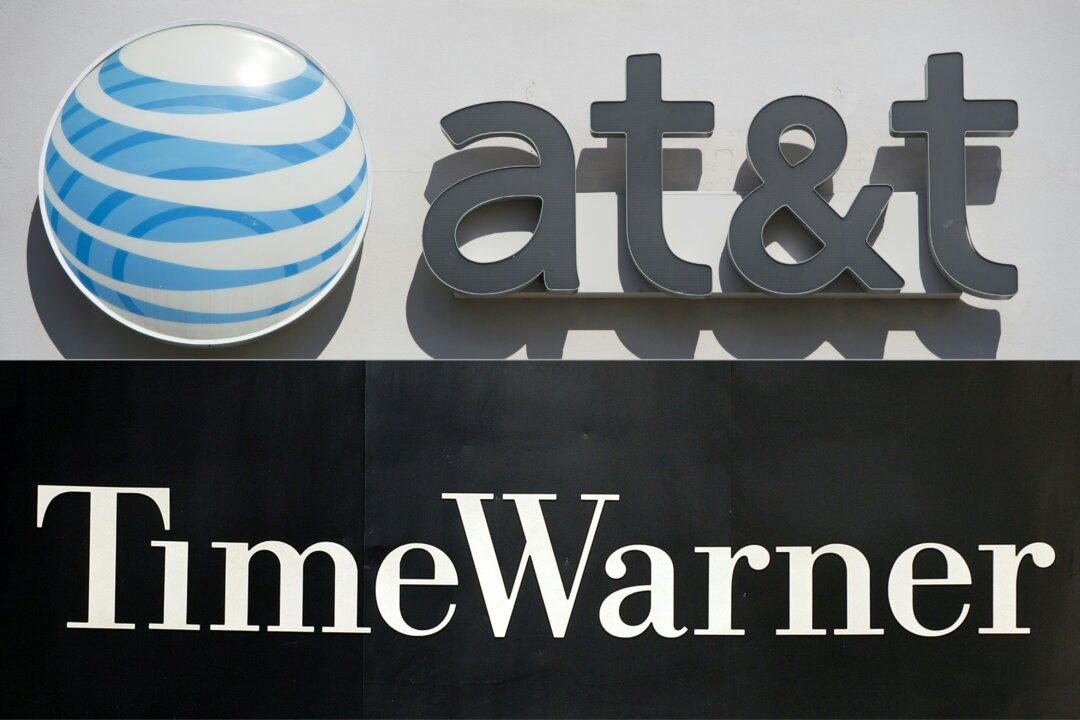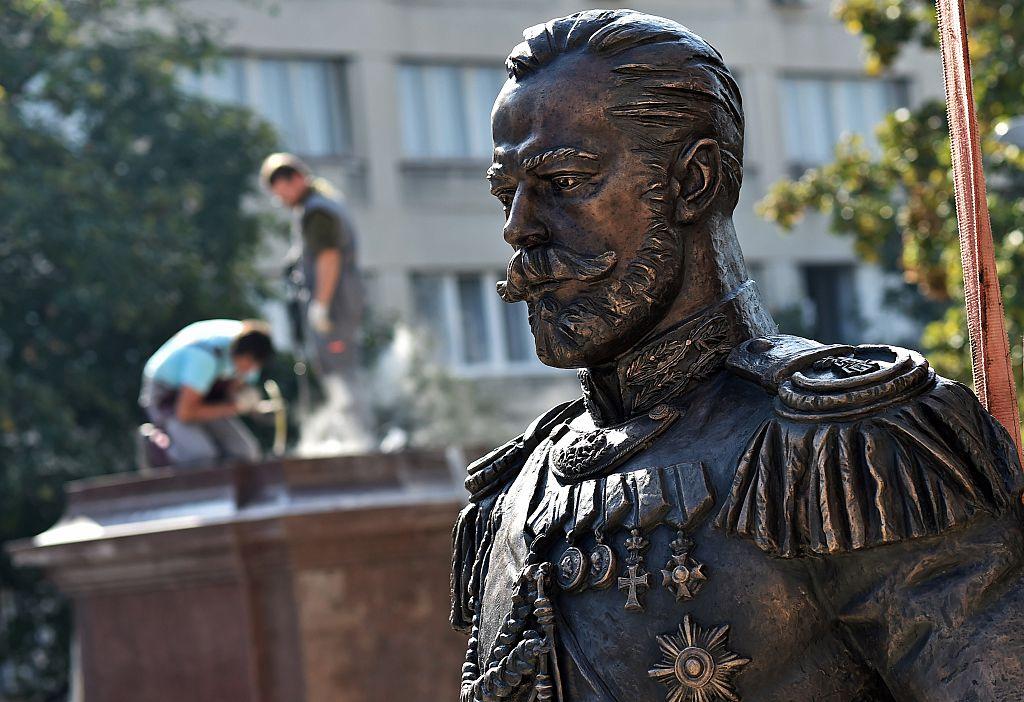During his contentious 1987 confirmation hearings for the U.S. Supreme Court, Judge Robert Bork told senators that being on the court would be an “intellectual feast.”
That’s how I feel sometimes about the phenomenon of Uber, Lyft, Airbnb, and the other platforms—labeled “the sharing economy”— that are powered by the extraordinary matching capabilities of the internet. They’re a feast of what I love about economics: markets, competition, technology, and governance—my cup runneth over.





